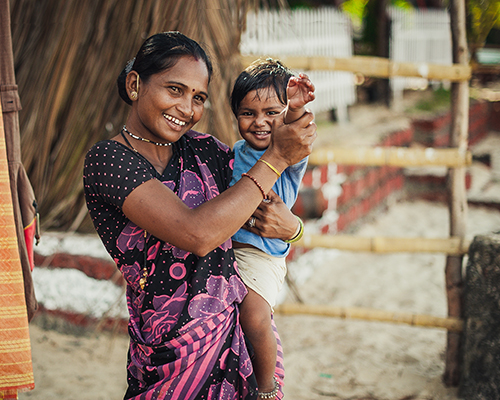Are we en route to Anemia Mukt Bharat?
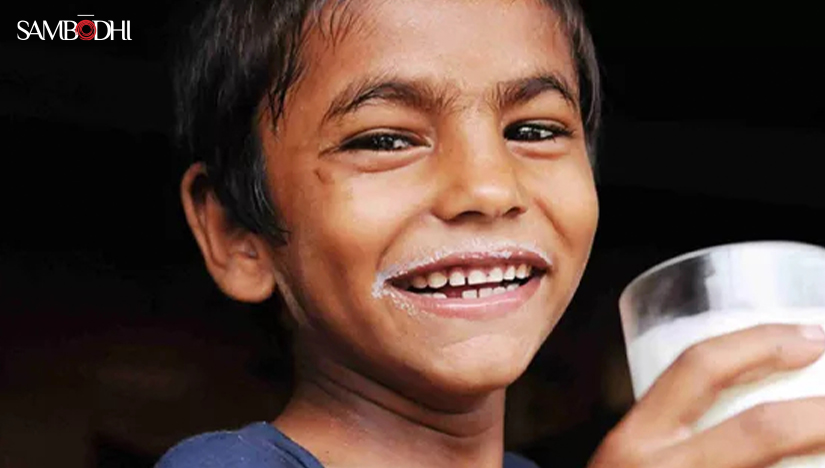
What does a balanced meal look like? The answer was taught to us in the second grade, but if we assess our meals, it is likely that most of us do not get the recommended amounts of nutrients required to live a healthy life. A balanced meal contains all the essential elements that the human body needs, including some micronutrients such as iron, a shortage of which can cause adverse health conditions.
Iron deficiency is the most common micronutrient deficiency and reduces the work capacity of individuals which can bring serious economic consequences and obstacles to national development. Over 30% of the world’s population, roughly 2 billion people are anemic, many due to iron deficiency. Research shows that addressal of this issue is vital to restore personal health and can raise national productivity by as much as 20%.
It is estimated that over half of the anemia burden in India can be attributed to iron deficiency. According to NFHS-5 data, the prevalence of anemia has increased among children, women, and men from 2016 to 2020.
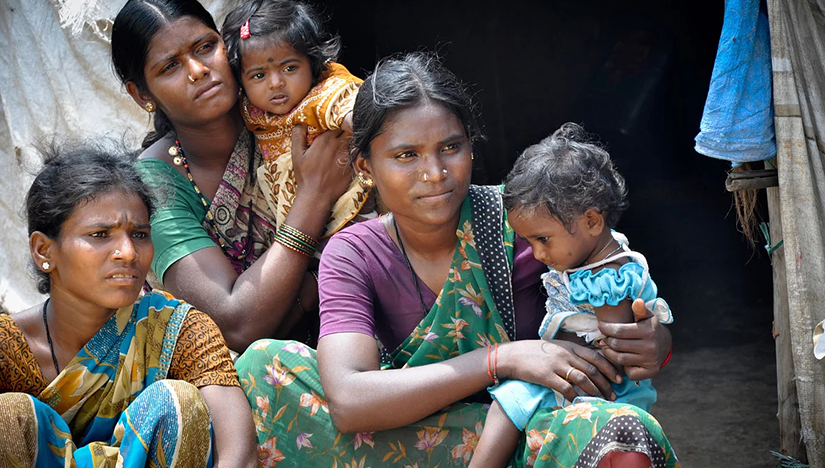
But why is that?
According to Dr. Sari Edelstein, author of Nutrition in Public Health, India has more vegetarians than the rest of the world combined. Meat contains more iron than plant-based food, and the human body absorbs iron from meat better than from plant sources. But meat is not the only food group that provide adequate iron. For a country like India, where up to 95% of the total daily iron intake comes from plant-based food groups, vegetarian diets can be iron-sufficient if they include foods like green leafy vegetables, legumes, pulses, nuts, and seeds and are consumed proportionately.
From the recent assessment undertaken by Sambodhi and Transforming Rural India Foundation (TRIF) to map the rural food plate to unpack trends in dietary preferences, we have derived insights about a person’s iron intake.
Among other things, the study analyzed whether they consumed meat or fish or a combination of green leafy vegetables along with nuts, seeds, and legumes. Exclusive consumption of green leafy vegetables or nuts, seeds, and legumes is insufficient for adequate iron intake. Both need to be combined for a vegetarian diet to be iron-sufficient.
The study noted a low intake of green leafy vegetables, fruits, meat, and eggs, while consumption of oils, fat, and sweets was significant among rural adults. While such a diet fulfills a person’s energy needs, it fails to provide the required levels of micronutrients like iron, leading to higher risks of diseases such as iron-deficiency anemia.
The study reflected that only 32.1% of Indian adults (overall sample size of 7332) in rural India had potentially consumed adequate iron the previous day. The remaining people whose iron intake was found inadequate will become anemic over time if a change in diet is not initiated immediately.
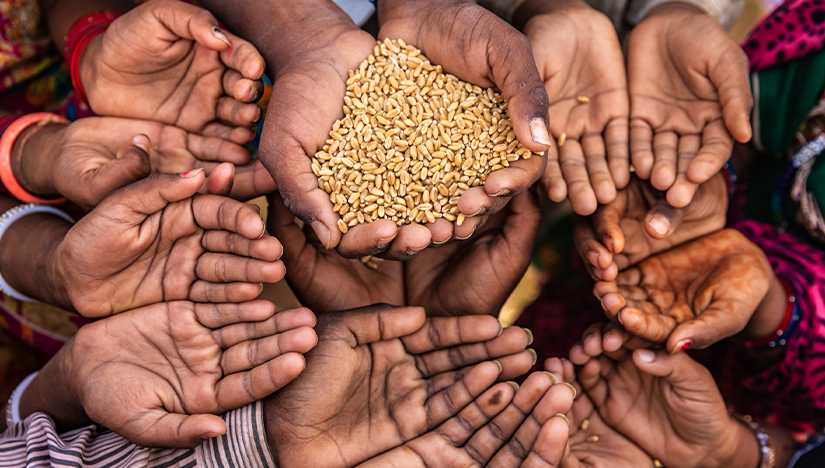
What can be the reasons behind such a prevalence of iron deficiency among rural Indians? Is it an affordability issue?
Our data suggests it is. Among the relatively low-income households, only 24.5% of respondents consumed enough iron the previous day. In contrast, 45.1% of people with high incomes had adequate iron intake. This shows that many people lack the resources required to consume nutritious meals. India, the largest democracy in the world, lacks a democratic distribution of access to nutrition.
So, what is the solution?
With the help of the Central and state governments, NGOs, and non-profit organizations, India has built a network of schemes, programs, and interventions to reach millions and provide quality nutrition, sanitation, and education. The problem of iron deficiency can be addressed by utilizing existing structures and adding unique goal-specific interventions, making the process cost-effective and quality-focused:
- Introducing kitchen gardens in aanganwadis (AWS)
Introducing kitchen gardens in AWS can help improve children’s nutrition and increase awareness about the issue among students, parents, and teachers. These can help improve students’ overall nutrition profiles and have been explored as pilot initiatives to understand the quality and reach of impact. The results have been promising.
A community-based malnutrition management program in six districts of Madhya Pradesh helped develop kitchen gardens in the backyards of 232 families. The beneficiaries included 217 malnourished children, 140 pregnant and lactating mothers, and 68 elderly persons. By the end of the program, their families received 16 kilograms of vegetables each, thereby addressing the lack of availability, accessibility, and affordability of nutritious food.
Another assessment of a kitchen garden project in 2019 found that 62% of vegetable requirements of rural households were met because of their kitchen gardens. As a result, the prevalence of anemia in women decreased over 24 months of relying on these gardens for nourishment needs.
- Fortified rice in the mid-day meal (MDM) scheme
Rice fortification adds micronutrients like iron, folic acid, and vitamin B12 to rice kernels. It is an effective, preventive, and cost-effective complementary strategy to address the nutrition problem quickly.
65% of the Indian population predominantly consumes rice, which means that adding fortified rice to meals can help address micronutrient deficiencies.
Rice fortification can, then, be integrated with the MDM scheme and can help 11.80 crore children studying in government and government-aided schools get adequate levels of iron regularly.
A study conducted in 2015 in Odisha, one of the most nutritionally vulnerable states of India, showed the benefits of adding fortified rice to mid-day meals. Since the MDM scheme is the largest school-feeding program in the world, this practice can result in a significant impact.
The results of the study revealed a significant increase in hemoglobin and almost a 5 per cent reduction in anemia prevalence among school-aged (6-14 years) children in the state of Odisha. This pilot project significantly improved the nutritional status of children and showed a high level of acceptability among the beneficiaries. Since it uses the infrastructure of an already existing scheme of the Government, it is recommended that the model be scaled-up in Odisha and other states of India.
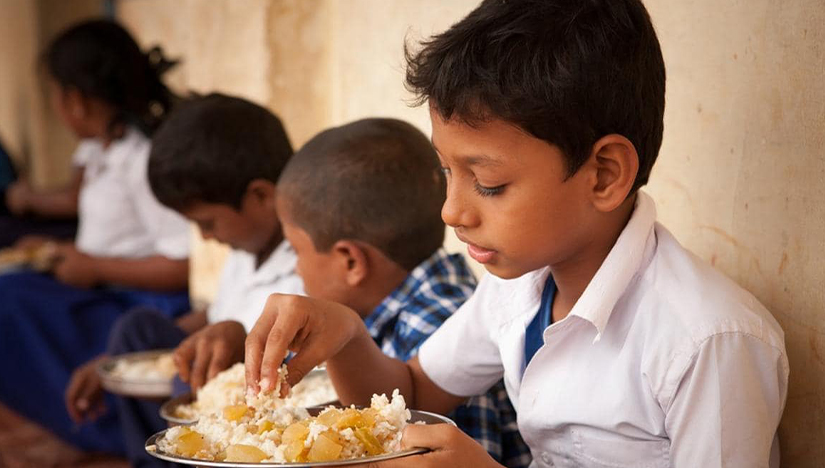
Why does this issue require urgent intervention?
The students surveyed in this Odisha study were aged 6-14 in 2015. By the time the next round of health survey is conducted, most of these students and the likes will have become adults. If such interventions are scaled up and spread widely, prevalence of anemia among children and the future workforce can decrease significantly. Raising healthy children, who will become healthy adults, is integral to securing a bright future for India and needs to be made a priority to attain an Anemia Mukt Bharat.
References:
https://paa2015.princeton.edu/papers/151979#:~:text=Conclusions%3A,the%20MDM%20as%20same%2Fimproved.
https://www.ncbi.nlm.nih.gov/pmc/articles/PMC8537570/#B22-nutrients-13-03538
Manmeet Kaur – Deputy Research Manager, Sambodhi
Aishwarya Bhatia, Sambodhi
